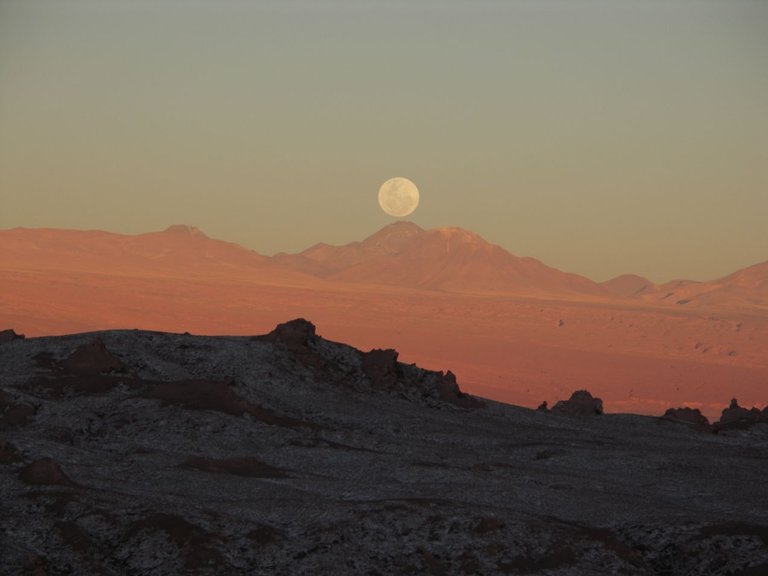
Valle de la Luna, or Valley of the Moon, in the Atacama Desert, Chile. This terrain is so forbidding that NASA tested its Martian rovers here.
Image credit: Simon Prisner, who has released the photo into the pubic domain. Wikimedia Commons.
The Atacama Desert is one of the driest places on earth. To the naked eye, it is a vast moonscape, or, more relevantly, Marscape, for scientists are examining its extreme aridity to understand how life might survive on Mars. The desert occupies a narrow strip in Chile, between the Andes Mountains and the Chilean Coastal Range. Winds carrying rain from the Pacific Ocean run into the Coastal Range, and winds carrying rain from the Atlantic run into the Andes. The land on either side of the ranges is called a rain shadow, which means the rain never gets over the mountains. Decades may passwithout rain falling in the Atacama Desert.
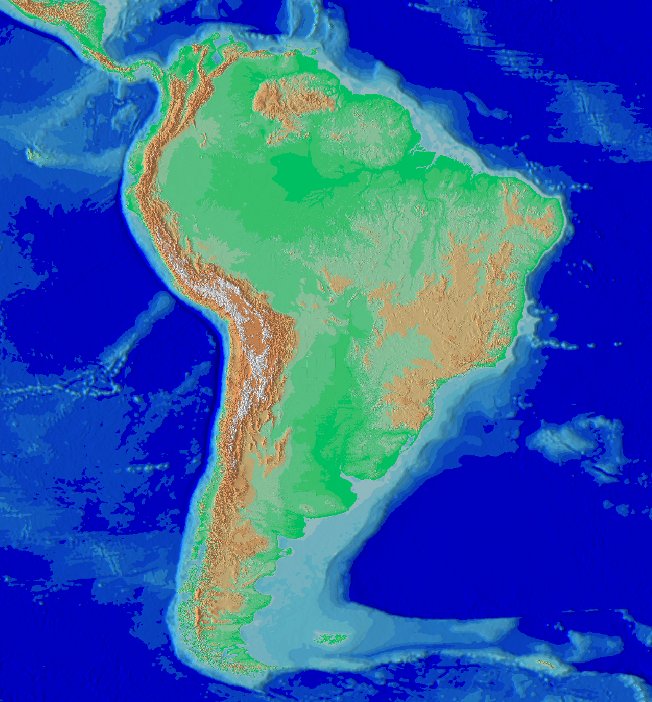
This topographical map of South America shows the Andes Mountain Range running like an off-center spine, from North to South. The Andes Range is the longest in the world.
Picture credit: Carolos A. Arango, who has released the image into the public domain. Wikimedia Commons.
And yet, the Atacama has supported life over the centuries. This is largely true because of oases (called lomas) scattered across the desert. Certain animal and insect species have adapted to the demands of the environment. Plants with long roots that stretch deep into available water tables may be found. And humans, for thousands of years, have managed to settle and survive in the Atacama.
Animals of the Atacama include bird species, insects, and mammals. Among the birds found in the oases are hummingbirds and sparrows. Endangered species, such as the Tamarugo Conebill may be found here.
Branches of a Tamaruga tree. The Tamarugo tree is well adapted to the Atacama environment. It can survive on moisture derived from mist and tolerates a salt-rich soil that may inhibit the growth of other trees. The Tamarugo Conebill feeds on insects that are attracted to the Tamarugo tree.
Picture credit: Pablo Trincado. Used under a Creative Commons Attribution-Share Alike 2.0 Generic license. Wikimedia Commons.
Although the driest parts of the desert do not support animal or plant life, mammals do live in the Atacama. Fox may occasionally be found, and mice.
According to the World Wildlife Fund, this small fox, known sometimes as a chilla, or grey zorro, may occasionally be found in the desert. The animal is indigenous to parts of South America.
Photo credit: Flexjandro. Used under a Creative Commons Attribution-Share Alike 3.0 Unported license. Wikipedia.
Human habitation in the Atacama dates back thousands of years. The desert is a rich archeological resource because it is so dry. The oldest artifacts date from the eighth century B. C.
Tulor, a Neolithic village, has virtually risen from the sands in the Atacama. Here a community thrived. Cattle were raised. Maize was grown. Two-story abodes were constructed. Tulor is a gem, an archeological time capsule that offers witness to human survival in the Atacama.

Tulor Village. According to the World Monuments Fund, the community was abandoned in about 300 A.D. when the oasis that supported it dried up.
Picture credit: Owen Cliffe. Used under a Creative Commons Attribution-Share Alike 3.0 Unported license. Wikimedia Commons.
Today, indigenous people live in the Atacama. Known as the Atacamenos, these modern inhabitants are descended from people who lived in the desert thousands of years ago. According to the Museo Chileno de Arte Precolombino, the indigenous people of the Atacama are not a homogeneous group but include several different cultures.
It is believed the Atacama environment was once more hospitable to human habitation, but the Atacamenos have endured these changes in the environment, and have also survived a series of conquests.
The Atacama Desert is a unique environment. It is not only a rich archeological resource, but also a geological wonder. In future blogs I will revisit this desert to gain more insight into its history, both human and natural.
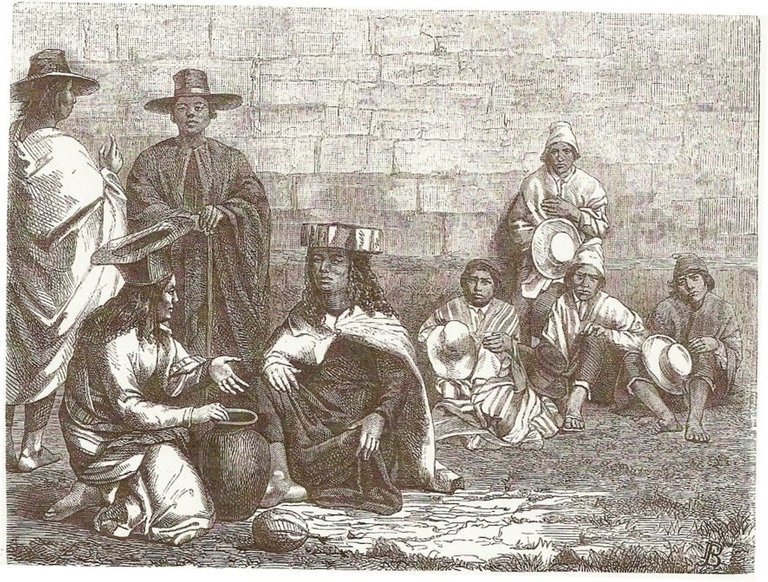
A drawing of Atacamenos, by A. Bresson, 1875. The picture was copied from a photograph. This picture is in the public domain because its copyright has expired. Wikimedia Commons.
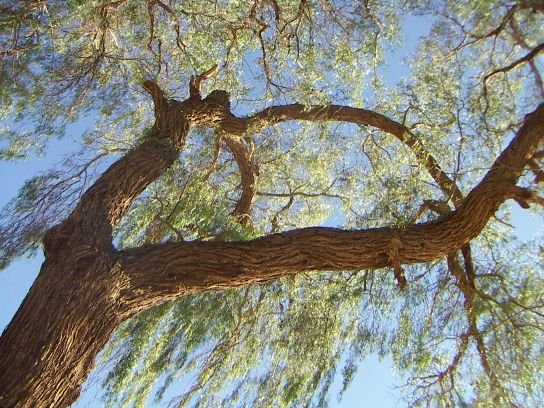
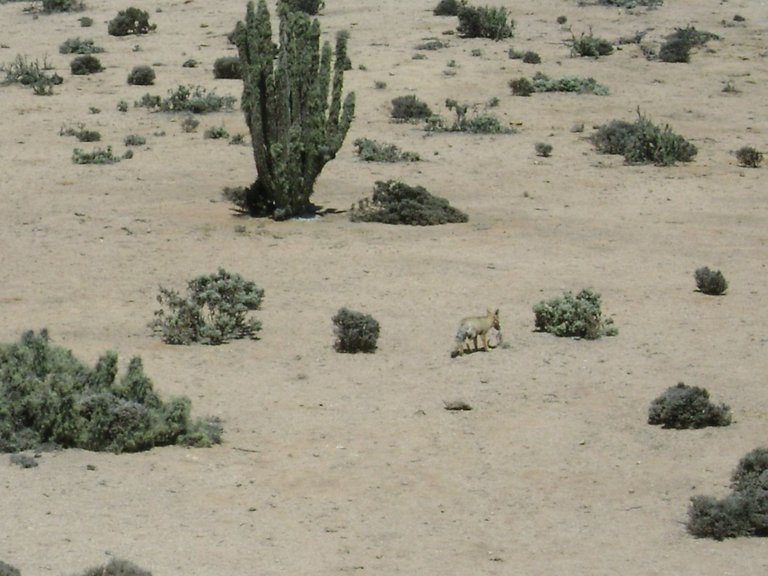
You received a 60.0% upvote since you are a member of geopolis and wrote in the category of "geopolis".
To read more about us and what we do, click here.
https://steemit.com/geopolis/@geopolis/geopolis-the-community-for-global-sciences-update-4
Thank you!
Love it every time you post because I know I'll learn something super interesting, @agmoore. Are you a teacher?
First thing I read this morning. Thank you. Better than coffee (well, maybe not). I was a teacher for about six years. I did love it. The best part is, I learn. Thanks again for the compliment.
Haha! Were you teaching history? What I really like about your posts is how easy they are to read. I can sense that it comes from a teacher - the writing is simple, moves quickly and is engaging.
This piece about the Atacama desert is such an eye opener. Especially Tulor. It is amazing the different ways communities appropriate their surroundings into habitats.
Keep 'em coming!
This is lovely @agmoore, interesting read; never covered this topic before and glad to learn something new today. Looking forward to your future posts on this topic. You are truly an excellent writer.
Thank you, thank you. I worked hard and enjoyed every moment.